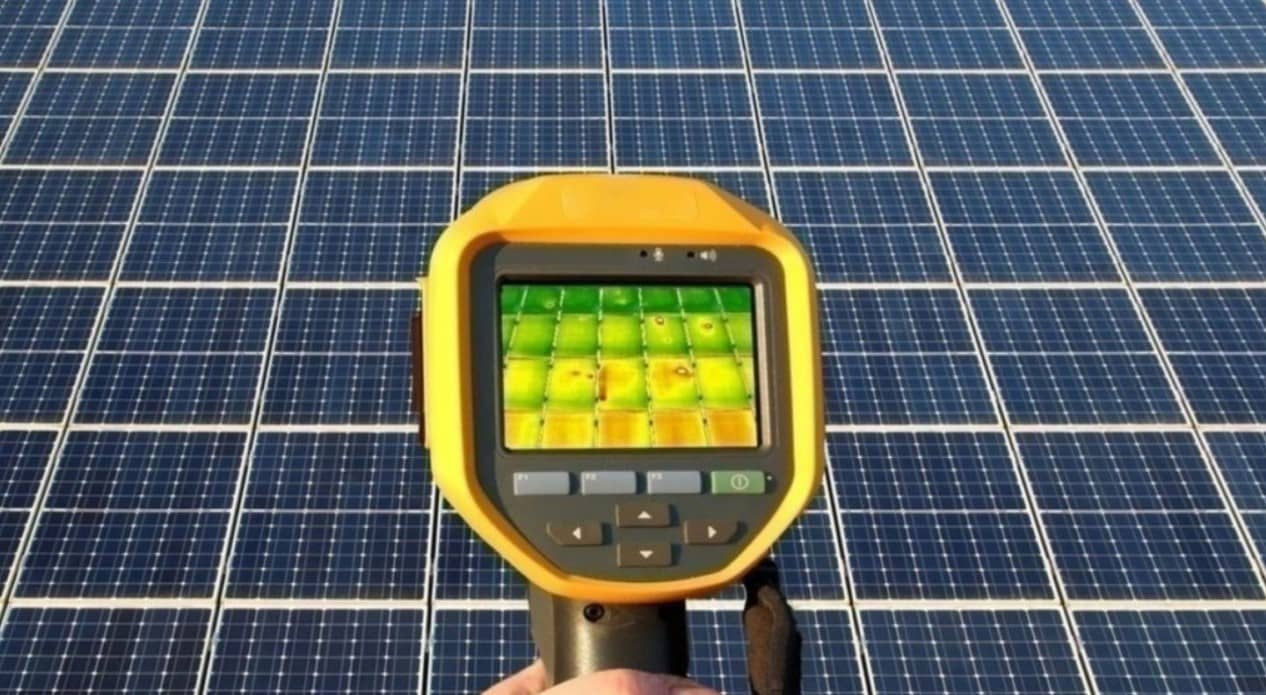
How to Detect Solar Panel Anomalies Using Thermal Imaging
Solar panels are a significant investment in both residential and commercial settings, contributing to energy savings and environmental sustainability. However, to ensure that they operate efficiently, regular monitoring and maintenance are crucial. One of the most effective tools for diagnosing issues with solar panels is thermal imaging. This advanced technology can help identify anomalies that might not be visible to the naked eye, allowing for timely intervention and maintenance. In this comprehensive guide, we will explore how to detect solar panel anomalies using thermal imaging and the benefits of incorporating this technique into your solar panel maintenance routine.
All About Thermal Imaging
Thermal imaging, also known as infrared thermography, is a technique that uses infrared cameras to detect and visualize heat emitted from objects. Unlike visible light cameras, thermal cameras detect heat signatures and create a thermal image or thermogram that shows temperature variations. This capability is invaluable for identifying issues in solar panels, as variations in temperature can indicate potential problems such as hotspots, faulty connections, or panel degradation.
Why Use Thermal Imaging for Solar Panels?
Solar panels are exposed to various environmental factors that can affect their performance and longevity. Regular inspections are necessary to ensure they are operating at peak efficiency. Traditional visual inspections may not reveal underlying issues, especially those related to temperature. Here’s why thermal imaging is a preferred method for detecting solar panel anomalies:
-
Non-Destructive Testing: Thermal imaging is a non-invasive method that does not require physical contact with the solar panels. This means you can perform inspections without disturbing the system or causing any damage.
-
Early Detection of Problems: Thermal cameras can detect temperature differences that may indicate issues such as electrical faults, damaged cells, or faulty connections before they lead to significant system failures.
-
Comprehensive Coverage: Thermal imaging allows for the scanning of entire solar arrays quickly and efficiently, covering multiple panels in a single pass. This comprehensive coverage ensures that no potential issues are overlooked.
-
Cost-Effective Maintenance: By identifying problems early, thermal imaging helps prevent costly repairs and replacements. Addressing issues before they escalate can save time and money in the long run.
How Thermal Imaging Works for Solar Panels
To effectively use thermal imaging for solar panel inspection, it’s essential to understand the process and the equipment involved:
-
Infrared Camera Setup: An infrared camera captures thermal radiation emitted from the solar panels. These cameras are equipped with sensors that convert thermal energy into electronic signals, which are then processed to produce a visible image showing temperature variations.
-
Image Interpretation: The thermal image produced by the camera displays different temperatures using various colors. For example, warmer areas might appear red or yellow, while cooler areas might be blue or purple. Technicians analyze these images to identify unusual temperature patterns that may indicate anomalies.
-
Inspection Conditions: For accurate results, thermal imaging should be conducted under appropriate conditions. The ideal time for inspection is during the day when the solar panels are operating at peak performance. Ensure that the environment is free from obstructions that could affect the thermal readings, such as dust or debris.
Common Solar Panel Anomalies Detected by Thermal Imaging
Thermal imaging can uncover a variety of issues in solar panels. Here are some common anomalies that can be detected using this technology:
-
Hotspots: Hotspots are localized areas of higher temperature within a solar panel. They often result from cell defects, electrical issues, or shading problems. Hotspots can reduce the panel’s efficiency and potentially cause permanent damage if not addressed.
-
Module Failures: Thermal imaging can identify modules that are not functioning correctly by detecting irregular temperature patterns. This can be due to issues such as cell degradation, broken cells, or internal electrical faults.
-
Junction Box Problems: The junction box is a critical component of a solar panel that houses electrical connections. Thermal imaging can reveal overheating in the junction box, which may be caused by loose connections or damaged wiring.
-
Poor Connections: Faulty or loose connections between panels or within the panel can result in uneven heat distribution. Thermal imaging can help locate these areas, allowing for prompt repairs.
-
Panel Delamination: Delamination occurs when the layers of a solar panel separate. This can lead to reduced performance and increased risk of damage. Thermal imaging can detect temperature differences that indicate delamination.
Benefits of Regular Thermal Imaging Inspections
Incorporating thermal imaging into your solar panel maintenance routine offers several benefits:
-
Improved Efficiency: By identifying and addressing issues early, you can ensure that your solar panels operate at peak efficiency, maximizing energy production and savings.
-
Extended Lifespan: Regular inspections help prevent damage and extend the lifespan of your solar panels, protecting your investment.
-
Enhanced Safety: Detecting and addressing potential issues before they escalate reduces the risk of electrical fires or other safety hazards.
-
Cost Savings: Early detection of problems helps avoid costly repairs and replacements, ultimately saving you money in the long run.
Conclusion
Thermal imaging is a powerful tool for detecting solar panel anomalies and ensuring the optimal performance of your solar energy system. By utilizing this advanced technology, you can identify and address potential issues before they become significant problems. Regular thermal imaging inspections are an essential component of effective solar panel maintenance, offering numerous benefits including improved efficiency, extended lifespan, enhanced safety, and cost savings.
At Affordable Solar Cleaning Pros, we understand the importance of maintaining your solar panels in top condition. Our team of experts is equipped with state-of-the-art thermal imaging technology to provide thorough inspections and ensure your solar system operates at its best. Contact us today to schedule your thermal imaging inspection and experience the benefits of proactive solar panel maintenance.




